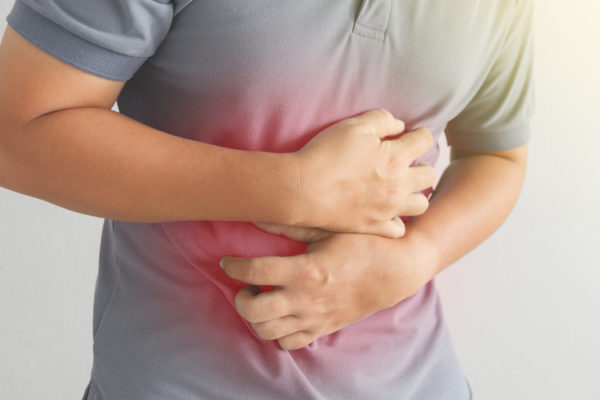
Two potential, predictive biomarkers have been identified in a post-hoc analysis of the phase II DESTINY-Gastric01 study. Plasma ERBB2 copy number and HER2 extracellular domain (HER2ECD) were both predictive of response to the antibody-drug conjugate Trastuzumab Deruxtecan (T-DXd) in both HER2 positive (HER2+) and HER2-low advanced gastric cancer.
These post-hoc findings follow the results of the initial study, which reported a overall response rate (ORR) of 51.3%, compared to 14.3% in patients who received their physicians choice. The study enrolled patients with HER2- expressing advanced gastric or gastro-oesophageal junction adenocarcinoma, who had received at least 2 prior regimens, requiring one regimen to include fluoropyrimidine and a platinum agent. Patients were randomised 2:1 to receive T-DXd (N= 125) (6.4 mg/kg, 3-week cycle) or their physician’s choice of irinotecan or paclitaxel (N= 62). These patients were also required to have progressed on a trastuzumab-containing regimen and have evidence of disease (IHC3+ or IHC2+/ISH+). Additionally, this study also contained two exploratory cohorts who were required to be anti-HER2 treatment naïve. The first cohort (N= 20) was required to be IHC2+/ISH-, with the second cohort (N= 20) being IHC1+. Both of these cohorts received T-DXd. Tumour and liquid biopsy samples were taken and assessed for HER2-status, RNA sequencing (ERBB2 gene expression), as well as cell-free DNA (plasma ERBB2 amplification & copy number) and HER2ECD.
When stratified by HER2ECD, both the primary and exploratory cohort saw better outcomes for patients above a prespecified concentration threshold. In the primary cohort, patients with a HER2ECD above 14.4 ng/mL had a median overall survival (mOS) of 14.3 months, compared to 10.0 months in patients below this threshold (HR[95%CI]: 0.56[0.33-0.95]). Similarly, patients in the exploratory cohort above a HER2ECD concentration above 11.6 ng/mL had a mOS of 10.1 months, compared to just 4.3 months in patients who did not exceed this value (HR[95%CI]: 0.37[0.17-0.80]). This is further supporting by the finding that in the exploratory cohort, patients above the threshold of 11.6 ng/mL had an ORR of 36.7%, which was higher than the ORR of all patients in the exploratory cohorts, at 27.5%. Similarly,
ERBB2 copy number was also found to be predictive of survival outcomes, as patients in the exploratory cohorts with a copy number above 6.0 achieved a mOS of 21.2 months, whilst those below this threshold had a mOS of 12.0 months (HR[95%CI]: 0.54[0.29-1.00]). In the primary cohort, patients above this threshold had an ORR of 75.8%- much higher than the ORR of all patients in the primary cohort (51.3%).
These biomarkers were correlative with ORR and mOS, impying that they may be of use in a clinical setting to predict which HER2+ and HER2- advanced gastric cancer patients might benefit from treatment with T-DXd. Further investigation of these experimental biomarkers is warranted as a result.
Reference
Shitara K et al., Exploratory biomarker analysis of trastuzumab deruxtecan in DESTINY-Gastric01, a randomized, phase 2, multicenter, open-label study in patients with HER2-positive or –low advanced gastric or gastroesophageal junction adenocarcinoma. Presented at the 2021 ESMO World Congress for Gastrointestinal Cancer. Abstract no. O-14.